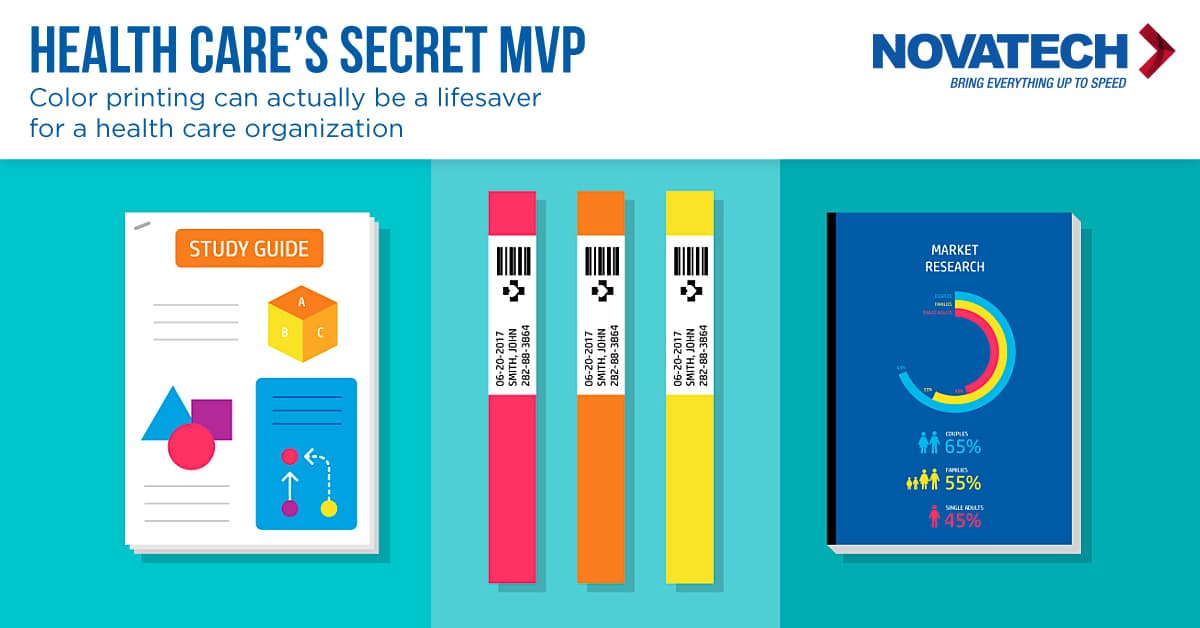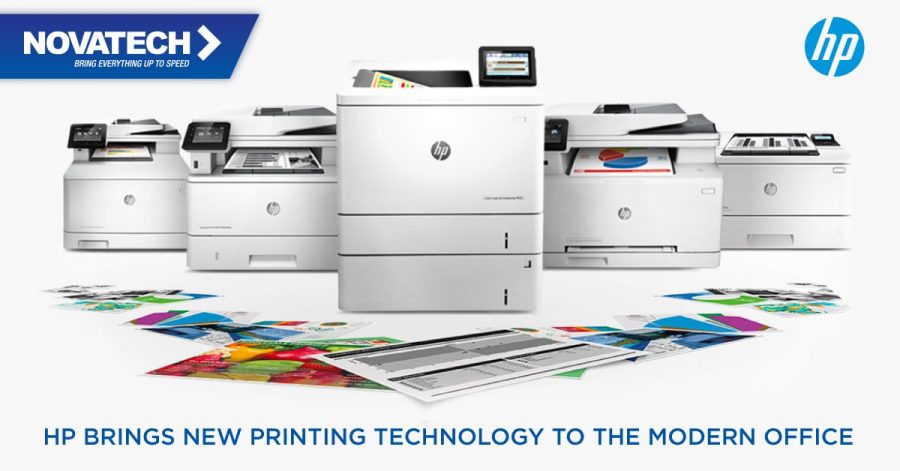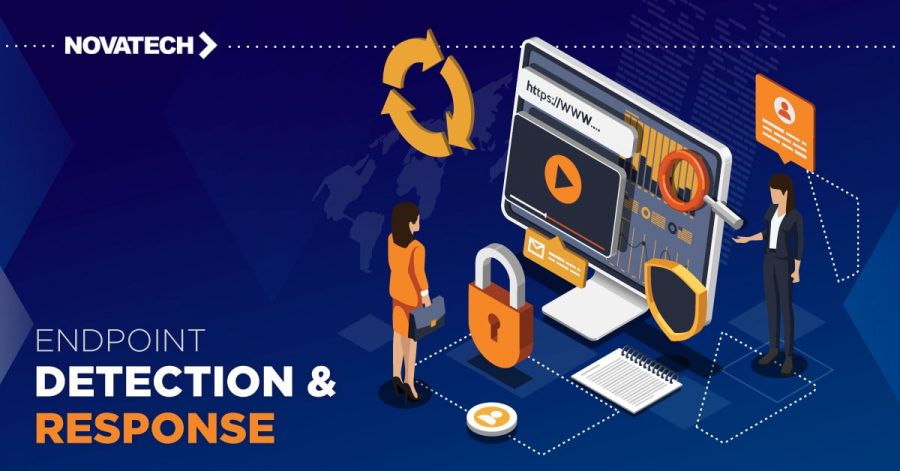Color printing gives health care and education a boost
4 min read

Consider color printing used in health care and color printing used in education—two areas with a strong need for innovation. Here’s how color printing is helping each of them improve their work—vividly and naturally.
Health care’s secret MVP
Color printing can actually be a lifesaver for a health care organization from the moment a patient walks in the door. Hospitals and clinics can quickly and cost-efficiently print data-rich color wristbands for better patient identification, improving patient safety. In an emergency, it can be crucial to have instant visual access to key information about a patient’s health, like whether they have an allergy (some folks are allergic to the latex used in hospital gloves, for example); are prone to falling; or they have given do not resuscitate (DNR) instructions. This little color enhancement to wristbands helps health care organizations keep their patients safe throughout their visit or stay, making sure patients receive the care they need.
Health care organizations have a tough job. They always need to think several steps ahead about how to further grow and develop their programs—and, you know, keep the business running. When hospitals and other health care groups must prepare high-quality, visually compelling proposals, grant applications, and supporting documents to get funding, so they can expand their facilities or offer new services, this type of color printing used in health care can be the secret MVP.
A low-cost color but professional printing solution with HP PageWide technology can speed up proposal development by improving readability, which makes it that much easier for potential funders and business partners to get up to speed on what’s being proposed and make a decision. Color printing can also create gorgeous, visually stunning documents without any smearing or smudging, delivering a sleek and professional presentation.
Of course, hospitals want to make sure all their printing is cost-effective, secure, and compliant with a little thing called HIPAA. They may go for managed print services to better predict printing costs, streamline and automate some of their business processes, and increase the security of their devices to ensure the confidentiality of patient information.
Color in the classroom
The education sector also uses color to level up learning and open up education to learners of all types. Young digital natives, who are used to looking at color images and working with rich media in full color on their tablets and smartphones, think it’s natural to engage with color printouts and handouts in the classroom. Honestly, they may even find it weird to run into black-and-white printed materials. On top of that, they may not get as much educational benefit out of them.
Our brains process color in many ways. It helps with pattern recognition, and specific colors may actually stimulate certain brain functions. This may trace back to our distant past as early humans, when it was important to clearly see and interpret color to get by in the natural world. Color still affects our cognitive response today. Orange can boost critical thinking and memory, for example, while blue can inspire creativity and calmness.
Some schools and districts use this research when designing classrooms to optimize the learning environment. Teachers can also tap into it when creating printed materials, showcasing specific colors in their handouts for different purposes—using orange for better concentration during tests or blue for creative brainstorming exercises, for example.
Color coding can help young students with executive function issues scan a page to takes notes, and it can also help them keep track of class materials. Amazingly, alternative learning methods incorporating color are making text reading easier in both digital and print for students with learning disabilities. This levels the playing field for learners with conditions, such as dyslexia or ADHD, that might be a barrier to their educational advancement.
Color printing, now more affordable than ever, can help organizations achieve greater success in a lot of different fields. By tapping into our ancient cognitive response patterns, it can let us quickly identify a patient’s health status, so a doctor can give them the best care possible. Or, it can help a teacher guide a young learner in unlocking the meaning of a reading assignment.
The use cases may look general at first, but businesses can apply color in targeted, strategic ways—even in challenging fields, like health care and education—with brilliant results.



